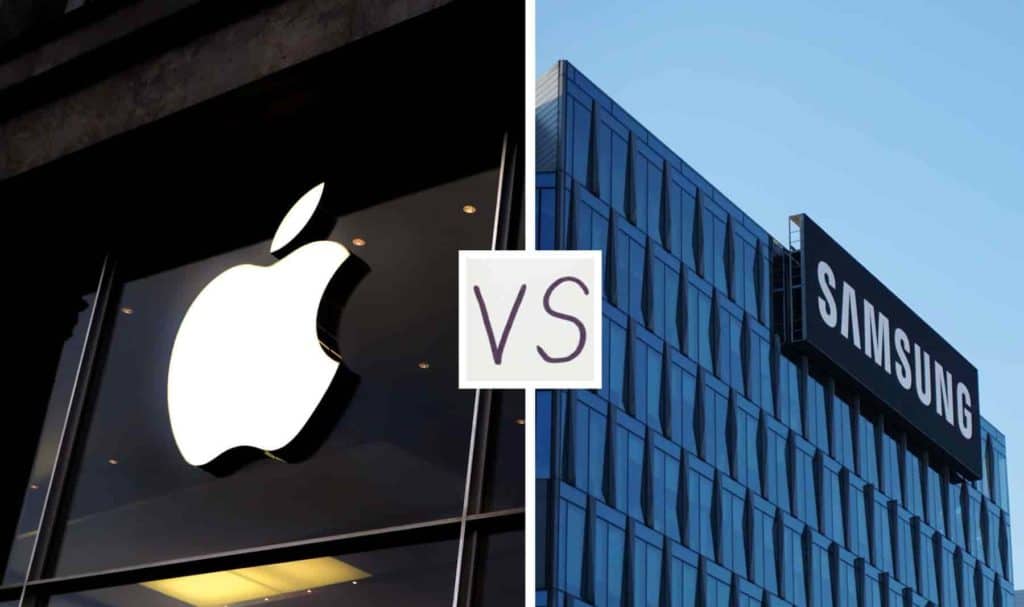Table of Contents
Multipoint Competition Definition and Meaning
Multipoint competition is any situation in which different companies compete with one another across the same regions, markets, segments, or products. Often, a situation of multipoint competition occurs when there is some overlap in the core competencies, capabilities, and resources of different companies.
The main implication of multipoint competition is that it creates a higher level of tension between the competitors. The overlap in competing markets pushes the respective companies to carefully consider their strategic approaches while paying much more attention to the actions of their competitors. There is a constant need to be aware of the strategies adopted by the competing companies in order to plan suitable countermoves. In other words, concepts like game theory and reactive strategy are very important in multipoint competition situations.
Multipoint competition may also be referred to as multimarket competition, multiple market competition or multiple point competition.
Multipoint Competition Example
We can understand the significance of such a situation better by looking at some examples of multipoint competition. An easily recognizable real-life situation of multimarket competition is the overlap in markets and products for Apple and Samsung. Both companies sell a variety of products such as smartphones, tablets, laptops, smartwatches, and various other accessories such as wireless headphones. The type of competition between these companies can be characterized as multipoint competition because of such a significant overlap in terms of the target markets and customers whom they serve.

On the other hand, if we were to compare Apple and Amazon, the only significant overlap they have at the moment is in the digital streaming space (with Apple TV+ and Amazon Prime respectively). Hence, if we look at the overlap in competitive space between two companies, we cannot call it a situation of multipoint competition.
How Companies Typically Deal with Multipoint Competition
Multipoint competition and market power have a close relation to each other. Often, a loss in one market could potentially lead to accumulating losses across multiple markets. Hence, it is important to deal with multipoint competition with strong reactive response strategies. Here are some ways on how to deal with multipoint competition.
Counterattack in a Localized Context
One of the ways of dealing with multipoint competition is to prepare a suitable counterattack strategy which can push back the competitor. The counterattack may be focused on a specific segment or region. An example of this is that if a rival firm tries to enter a specific regional market or customer segment, the companies which feel threatened by this move can try to build more barriers in that specific area. This is often seen in developing countries where local companies focus on their regional expertise and localization to fight against large multinational corporations expanding to their market with similar product offerings.
Counterattacking with a Broad Strategy
In contrast to the earlier example, companies can also try counterattack strategies which are broader in scope. In this kind of a situation, companies which perceive a threat by a multipoint competitor in one market may try to retaliate in various other markets. An example of this is the launch of Google’s social network Google+ which was initially meant as a counterattack strategy to limit the threat posed by Facebook.
Price Competition
Another way in which companies deal with multipoint competition is to compete on price. This is often mutually destructive, at least in the short term, as both companies fiercely compete to cut down their profit margins and try to outlast their rivals. In simple terms, it is a case of playing chicken to see who will fold first. This is what happened at the end of the ‘price wars’ between Walmart and Kmart in which Kmart was ultimately driven to bankruptcy. Such kinds of ‘price wars’ are a recurring theme in the big box retail industry, as seen by ongoing competition between companies like Costco, Target and Walmart even to this day.

Creation of Fighting Brands
Building on the previous point about price competition, companies may also respond to price wars by launching new brands that can compete at lower price points. This is often done to avoid diluting the brand image by appearing to be ‘cheap’. This can be understood by the example of Whole Foods launching the ‘365’ line of products to fight against the offerings of lower-priced stores like Trader Joe’s and Sprouts.
Copying the Tactics and Approaches of One Another
A common feature in situations of multipoint competition is that the companies try to emulate the success of one another, by adopting similar approaches to product design or service delivery. For instance, Apple was the first to remove. 3.5mm headphone jack as it would then allow them to push their wireless earphones as an essential accessory. This approach was taken as it increased the profit potential of the company. Samsung eventually followed suit with a similar approach of their own.
Consolidating Intellectual Property Rights
Building on from the previous point, companies that face multipoint competition must ensure that they take their intellectual property rights very seriously. As mentioned earlier, there is often an overlap between core competencies and capabilities of rivals who are locked in multipoint competition. To counter the risk of imitation by competitors, companies in this kind of a situation must put suitable protection measures in place to protect themselves.
Securing Exclusive Rights for Specific Markets
Companies also try to reduce the risks of rivals challengers in multiple markets by securing exclusive rights such as for sale or distribution. This is also common in the retail industry and an obvious example of this is the competition between Sony’s PlayStation series versus Microsoft’s Xbox series. Each of these entities secures exclusive rights to certain games that are only available on their platform.
How to Come Up with a Good Multipoint Competitive Strategy
While we have listed some of the common tactics taken in situations of multipoint competition, the choice of approach requires further thought and consideration. Here some ways in which companies can try blocking competitors through multipoint competition strategies.
Stand Out from Competition
When there is a significant overlap in competing markets or products with another competitor, companies must make a conscious effort to stand out. This can be done through further consolidation or through diversification. If a company chooses to take the diversification approach, they should try to ensure that they are applying suitable strategy techniques to blow the competition away. On the other hand, companies can try to get around their competition altogether by adopting blue ocean strategies which identify and target untapped market potential. On the other hand, if a company is trying to pursue the consolidation approach, they must ensure that they can increase the VRIN attributes of their products.
Even in areas that seem to have fierce rivalry with strong multipoint competition, the successful market players who survive are the ones that can carve out some spaces for themselves. The biggest example of this is in the fast-food segment. Although there is a significant overlap in product offerings and variety of choices, companies like Burger King and Wendy’s are able to share a piece of the market with the market leader McDonald’s through differentiated approaches, especially in terms of marketing.

Having said that, it is also important not too narrow down the focus so much that the company’s offerings become irrelevant or insignificant. This was the mistake of Blackberry, which focused too heavily on security technology and did not innovate sufficiently in other areas that were valued by consumers.
Project a Strong Outward Image
Another good approach in your multipoint strategy is to project a strong image that deters competition. The idea behind this approach to multipoint competition is to ensure that your potential rivals sense that an encroachment into your territory is likely to be met with a strong and swift counterattack. One of the ways in which companies can carry this out effectively is to make public announcements about their latest research and development efforts or breakthroughs. Another way is to ensure that even small moves of other players in the market are met with effective countermoves.
Decide Whether to Strike First
While the above suggestions are more defensive in outlook, companies locked in multipoint competition may occasionally also have a need to be the first ones to strike. The advantages of this includes capitalizing on the element of surprise. If a company decides to make a move against a multipoint competitor, it can either attack them head-on, or try to find a specific weakness of the competitor and exploit it before they can attempt a recovery.
Remain Agile and Flexible
The crucial aspect of multipoint competition is the overlap in competitive space. This is usually accompanied similarity in terms of resources and capabilities between the competing firms. In other words, a slip up by a company in such a situation will allow the competitor to capitalize on the chance and take over more market share. Hence, it is important to closely monitor the product development and strategy choices of competitors. This can either alert the company towards an encroachment on their intellectual property or to a potential risk that the competitor might be innovating better quality products which can affect their competitive advantage.
Failure to monitor the latest trends and be flexible with innovation is what lead to Nokia losing the strong market leader position that it had held for a long time. If a response strategy is being planned, then it is also important to not wait to long to make the move as the competitor may gain significant ground if the response is delayed.
Recognize When to Pull Out
It is important to realize that not every situation of multipoint competition has to lead to a win over your rivals. Sometimes, it may be better to get out of a situation of fierce competition with a rival to focus on other areas with greater chance of success. An example of this is what we previously mentioned regarding Google+ versus Facebook. After trying for a few years, Google’s management was smart enough to realize that it was fighting a losing battle against Facebook and pulled out. In contrast, the company is putting up a fight against Tiktok using its YouTube Shorts as it senses that the YouTube infrastructure which it already has in place gives it a reliable basis for competing effectively.

